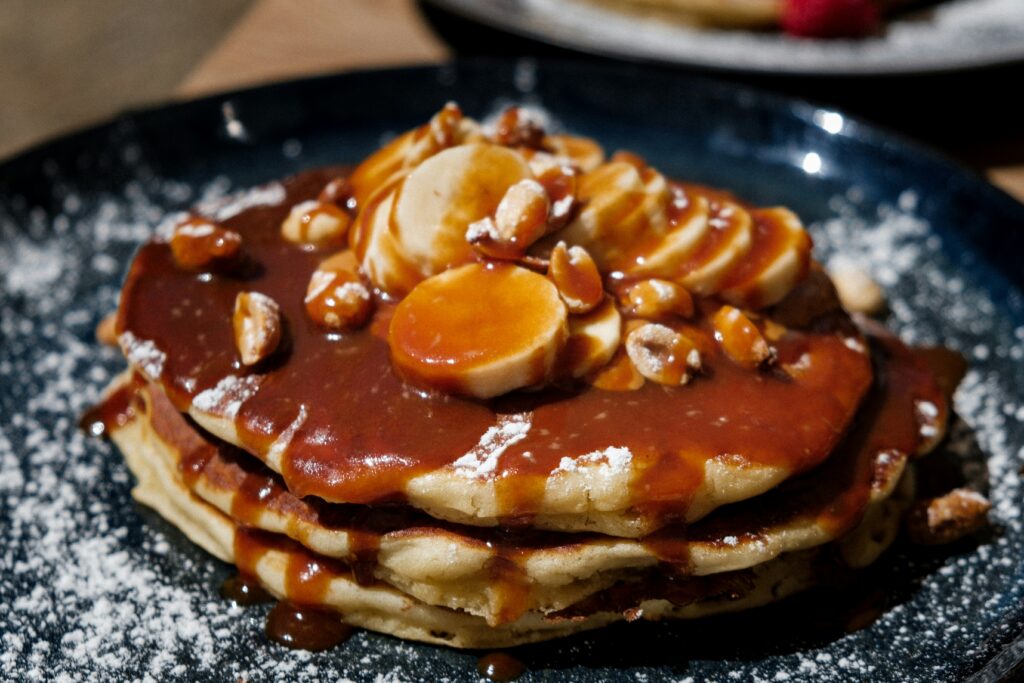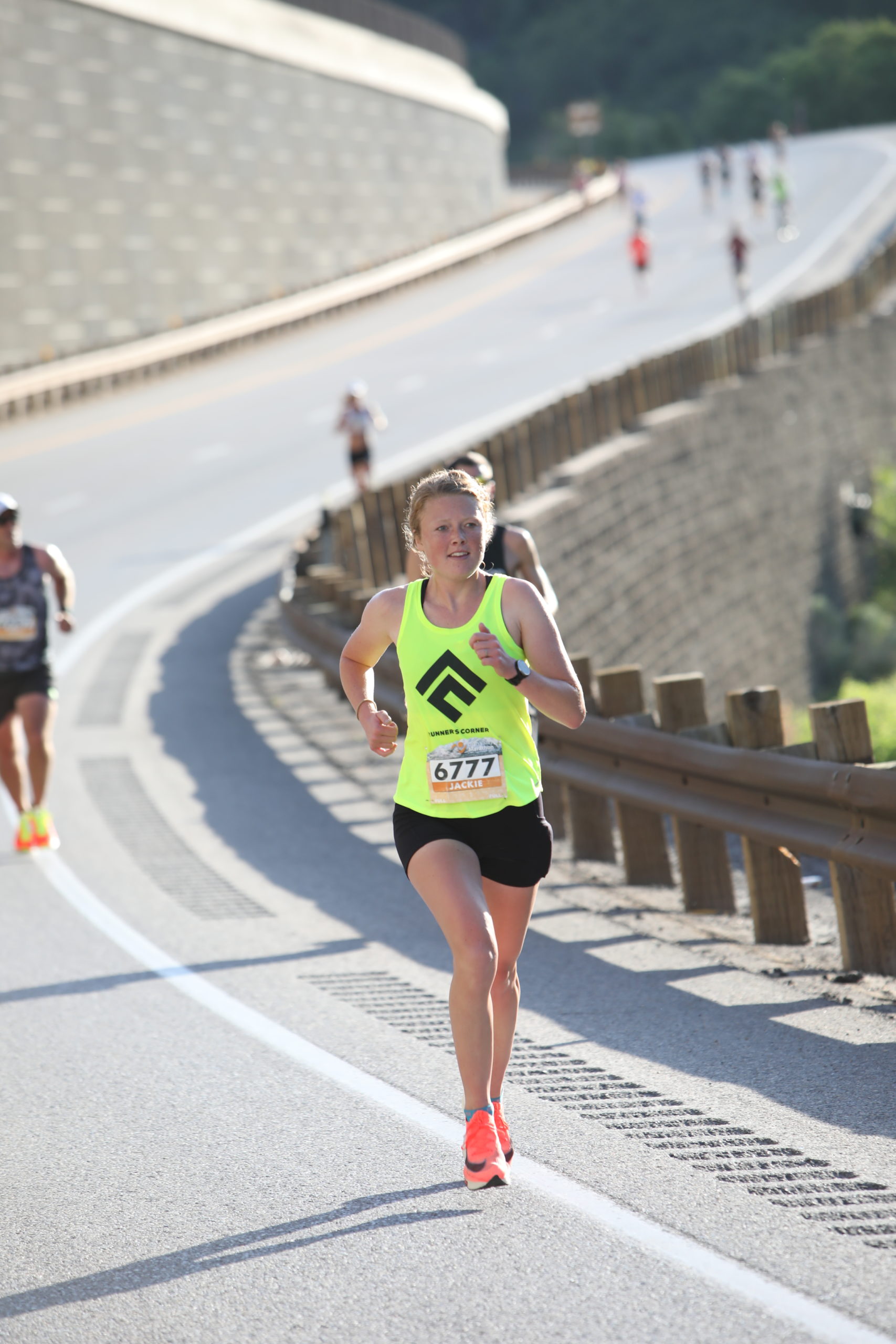Nutrient Timing: Maximizing Performance Through Strategic Eating

Nutrient timing and maximizing performance is a subject that nearly all endurance sports athletes consider. This is why, when it comes to optimizing training and recovery, the timing of the food you eat is incredibly important. We are going to talk about four main times during the day for you to focus on implementing ideal recommendations. First is the pre-workout meal or snack, second during your workout (if applicable), third the post-workout meal or snack, and fourth, the bedtime snack.
What Should I Eat Before I Workout?
Foods rich in simple carbohydrates provide your body with the quickest and most preferable form of energy for endurance exercise. Carbohydrates will allow you to perform at your fastest and strongest, providing your body with that extra “oomph” it needs to perform optimally.
While proteins and fats are important for overall athlete nutrition, when it comes to the meal or snack eaten right before a workout, the main focus should be on carbohydrate consumption. Foods rich in simple carbohydrates are also less likely to cause gut or stomach issues during your workout than foods with higher amounts of proteins and fats. Choose your portion size of food based on how close you are to your event, as well as the demands of your event. A majority of the athlete’s I work with need between 30-60 grams of carbohydrate when eating their meal or snack within 1-2 hours of starting their workout.
Some simple pre-workout snacks to try:
- 3-4 dates dipped in peanut butter
- 2-3 sheets of graham crackers
- 1 toasted bagel with spread of choice
- 1 banana
- 2 pouches of applesauce
- 1-2 homemade banana muffins.
When it comes to morning workouts, athletes that eat before their workouts set themselves up for more optimal performance than those who train fasted. Here’s why: cortisol, a stress hormone in the body, is naturally high in the morning and can be exacerbated by training in a fasted state. When the body is in a more stressed state, it is not focused on optimal athletic performance. Training in a fasted state may also lead to increased fat storage in addition to slower racing or training times. This has been found to be particularly true for women, or in athletes engaging in long (more than 30-45 minutes) and/or intense training sessions.
What Should I Eat During My Workout?
For endurance workouts lasting longer than 60-80 minutes in length, fueling during the workout will help you maintain a high level of performance for longer than you otherwise would be able to. Additionally, recovery from said workout will be shortened dramatically if you are fueled and hydrated properly during a long or hard workout session. Instead of finishing your workout feeling completely drained and exhausted, you will finish feeling a normal level of fatigue and have the ability to move and function throughout your regular day-to-day activities with ease. Your body will be able to focus more quickly and completely on achieving training adaptations instead of putting all its energy into pulling you out of a metaphorical ‘hole’ of energy and nutrient depletion. More precise details on where to start with during-workout fueling can be found in this article.
ADVERTISEMENT

How Do I Eat After My Workout?
Completing the “fueling sandwich” with appropriate post workout fueling is one of the most well-known nutrition hacks for endurance athletes. When you think of post-workout fueling, you probably think about protein, recovery, rebuilding your muscles, and eating asap after finishing up. You are absolutely correct in all of those thoughts, but here are a few additional guidelines.
Since the main nutrient used by your body during endurance activity is carbohydrate, it is also the main nutrient you need to replenish. Keeping your glycogen stores full will also allow you to bounce back more quickly and be more ready for your next hard effort. Protein is also required to aid in the recovery process. After a hard workout, your muscles, tendons, and tissues are broken down. Protein helps rebuild them stronger than they were before. Ideal post-workout fueling includes roughly 20 grams of protein and 60 grams of carbohydrate. Protein needs to increase to 30-40 grams of protein for your post-workout recovery meal once you are 40 years or older.
Anecdotally, the sooner you can get refueled, the better you will feel. However, research is not conclusive as to an exact time frame necessary for optimizing muscle growth and repair. So don’t stress if you miss your ‘20 minute window’ and end up eating later than that. You’ll still get the benefit.
Easy post-workout meals that fit these guidelines include:
- Three eggs on a toasted bagel with a bunch of grapes
- A large bowl of Greek yogurt topped with granola, berries, and a peanut butter drizzle
- A rice bowl topped with sauteed tofu and roasted vegetables.
The Bedtime Snack
There is some evidence to suggest that having a high-protein bedtime snack about 30 minutes before going to sleep can aid in additional muscle growth and recovery. Studies that show a benefit have found that roughly 40 grams of casein protein specifically at bedtime can be beneficial after a hard workout session. Benefits are more likely to be seen if the workout was done in the evening. That workout can also include some resistance training.
The way I see it, if you are having a nighttime snack anyways to help meet your energy needs, it can’t hurt to make it protein-rich in order to potentially aid in recovery. Casein protein can be found in isolated supplement form, and also more generally in dairy foods. Adding in a snack in the evening on hard and long workout days can lead to improving your recovery nutrition. These snacks can include of cottage cheese and crackers, a protein shake, or yogurt parfait.
Conclusion
Prioritizing the sports nutrition sandwich (pre, during, and post workout) is one of the very best ways to optimize your performance. This will also help your recovery as an athlete. It helps your body feel safe enough to focus on the necessary adaptations to make the most of your training. Adding in a high-protein bedtime snack on hard workout and long effort days is another strategy to consider adding to further enhance performance.
Resources
- Thomas DT, Erdman KA, Burke LM. Position of the Academy of Nutrition and Dietetics, Dietitians of Canada, and the American College of Sports Medicine: Nutrition and Athletic Performance. J Acad Nutr Diet. 2016 Mar;116(3):501-528. doi: 10.1016/j.jand.2015.12.006. Erratum in: J Acad Nutr Diet. 2017 Jan;117(1):146. doi: 10.1016/j.jand.2016.11.008. PMID: 26920240.
- Zouhal H, Saeidi A, Salhi A, Li H, Essop MF, Laher I, Rhibi F, Amani-Shalamzari S, Ben Abderrahman A. Exercise Training and Fasting: Current Insights. Open Access J Sports Med. 2020 Jan 21;11:1-28. doi: 10.2147/OAJSM.S224919. PMID: 32021500; PMCID: PMC6983467.
- Schoenfeld BJ, Aragon AA. Is There a Postworkout Anabolic Window of Opportunity for Nutrient Consumption? Clearing up Controversies. J Orthop Sports Phys Ther. 2018 Dec;48(12):911-914. doi: 10.2519/jospt.2018.0615. PMID: 30702982.
- Kim J. Pre-sleep casein protein ingestion: new paradigm in post-exercise recovery nutrition. Phys Act Nutr. 2020 Jun 30;24(2):6-10. doi: 10.20463/pan.2020.0009. PMID: 32698256; PMCID: PMC7451833.
ADVERTISEMENT

Jackie Hendrickson RD, MPH is a registered dietitian with a Masters Degree in public health nutrition from Utah State University. Jackie is the owner of Enduura Nutrition and loves coaching her athletes to their athletic potential through sustainable training & nutrition principles. She is an avid road & trail marathoner with a background in collegiate track, cross country, and competitive swimming. Jackie and her husband, Adam, were teammates in college and continue to pursue their running goals together. They live in beautiful Ogden, Utah with their 2 year old son, Lincoln.




